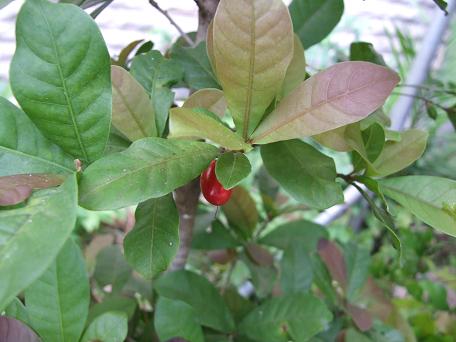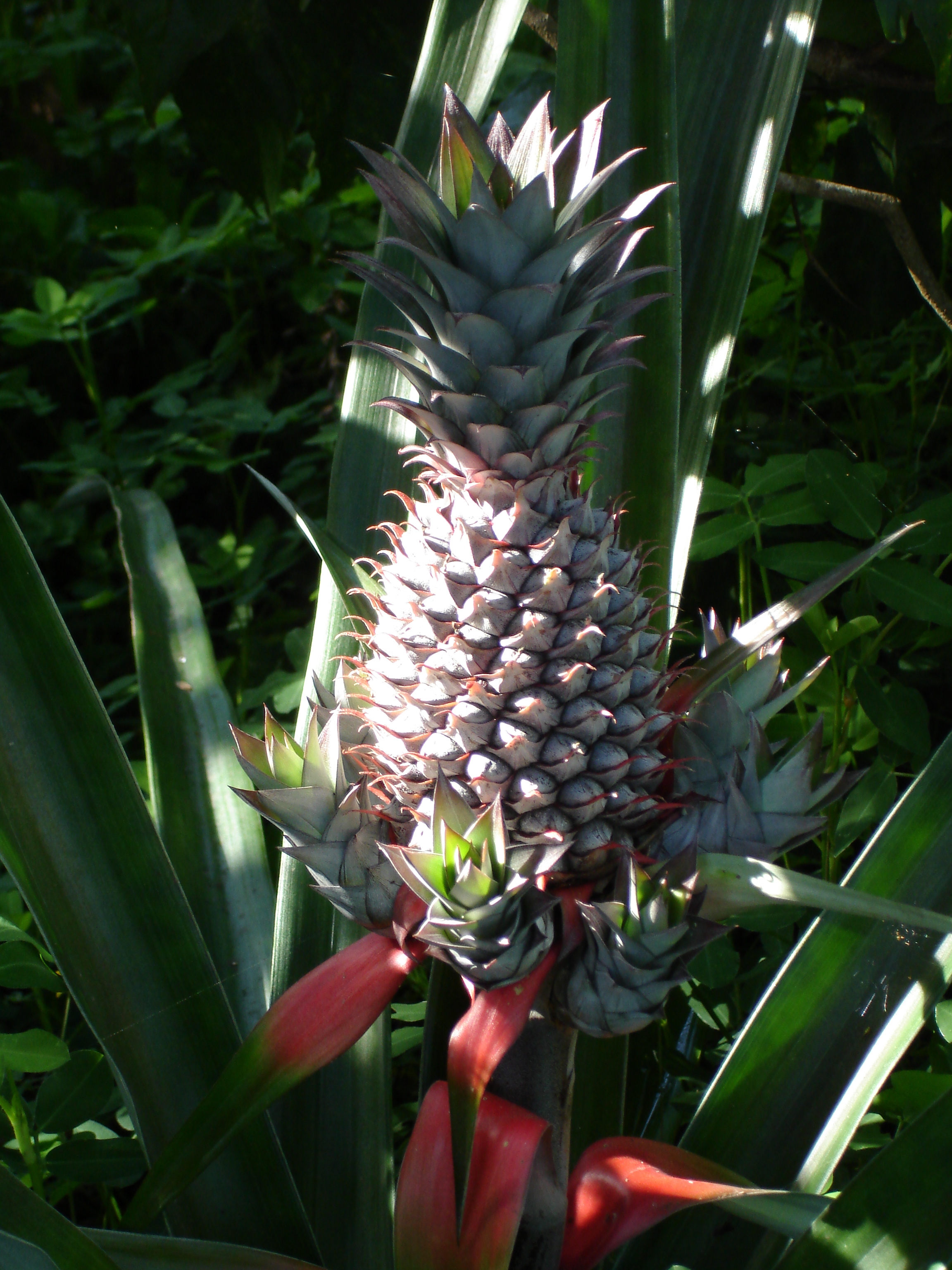The Miracle Fruit is native to West Africa where it is cultivated in backyard plantings. Today it has been introduced to Florida, California and numerous tropical areas of the world, however you will find most people have never heard of it. The fruit is more of a novelty then a significant source of food or nutrients, however there appears to be increasing interest in the berry and the incredible sweetening effects it has when eaten in conjunction with sour and acidic foods.
The taste of the fruit itself is nothing spectacular to speak of. There is relatively little fruit around the shiny seed. The pulp tastes somewhat like a cherry. However, due to a substance in the fruit called ‘miriculine’ it has the power to inhibit the receptors of sour and acidic flavors on your tongue, thus rendering certain foods sweet when normally they are sour, such as lemons, tomatoes, beer, some cheeses, hot sauce, vinegar, wine, and so forth. Miracle fruit changes the flavor of foods and beverages that you wouldn’t typically consider to be sour or acidic, and some foods are not affected at all.
There is growing interest in this fruit looking into its potential applications in cancer and diabetes research.
The tree is small, with attractive foliage, and, when in fruit, covered in bright red berries. I have a huge number of these trees in urban nurseries, they are great for container growing and seem to produce more fruit when its roots are somewhat contained.
Article from the New York Times: A Tiny Fruit That Tricks the Tongue






 Pineapple is technically a perennial herb, native to the lowlands of northern South America. The pineapple has been cultivated thereabouts since pre-Colombian times. It first spread to Central America and was then introduced to the rest of the tropical world by the Portuguese and Spanish.
Pineapple is technically a perennial herb, native to the lowlands of northern South America. The pineapple has been cultivated thereabouts since pre-Colombian times. It first spread to Central America and was then introduced to the rest of the tropical world by the Portuguese and Spanish.